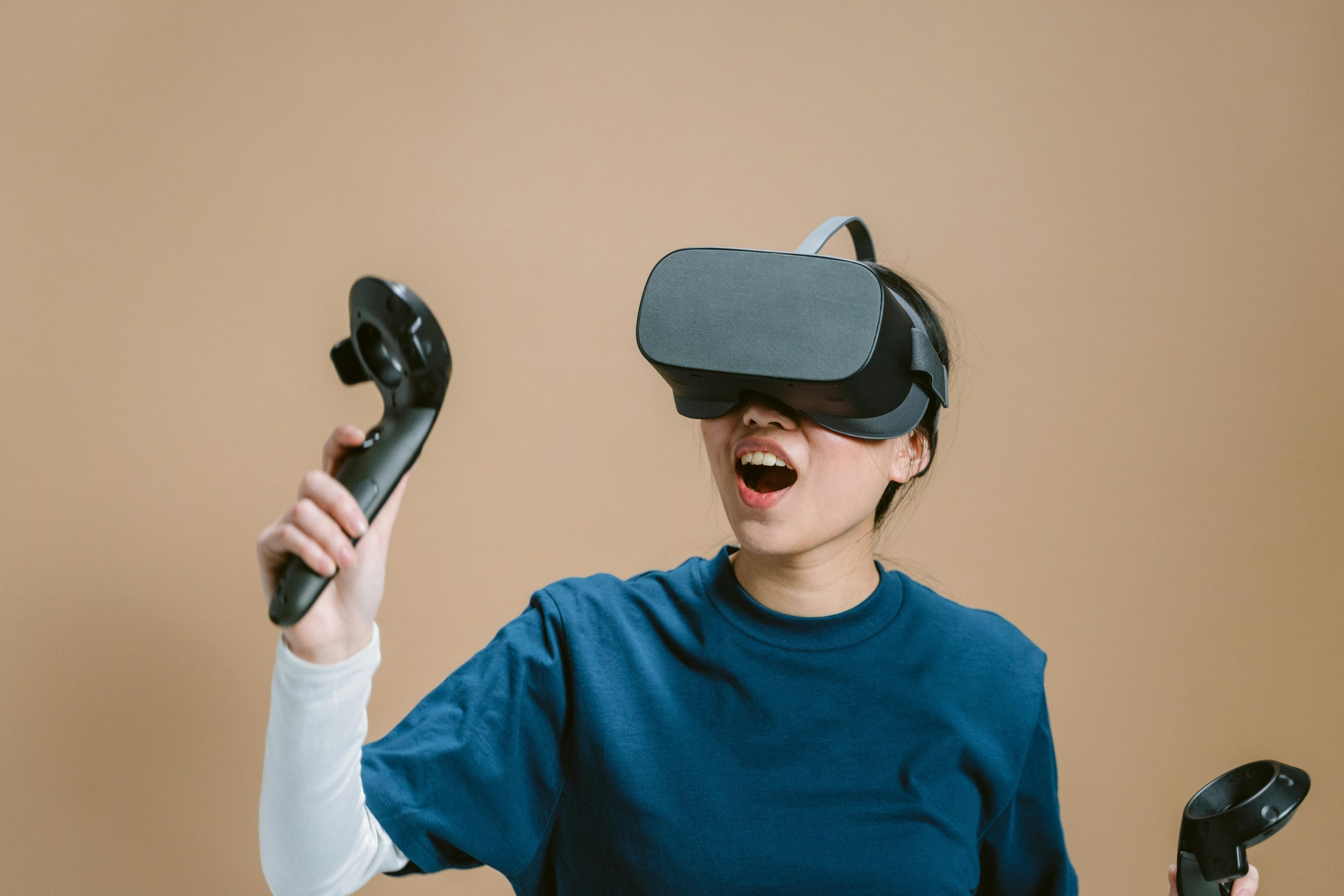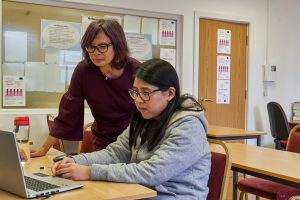Virtual Reality: Immersive Learning Beyond the Textbook
Imagine being able to explore ancient Rome without ever leaving your classroom, or diving deep into the depths of the ocean without getting wet. With virtual reality, this is now possible. As technology continues to advance, so does the realm of education. Virtual reality has opened up a whole new world of immersive learning, going beyond what can be found in a traditional textbook. In this article, we will delve into the exciting world of virtual reality and how it is revolutionizing the way we learn.
What is Virtual Reality?
Virtual reality, or VR, is a computer-generated simulation of a three-dimensional environment that can be interacted with through special electronic equipment, such as a VR headset or gloves. This technology creates a completely immersive experience for the user, making them feel as though they are physically present in the simulated world.
The Rise of Virtual Reality in Education
While virtual reality has been around for decades, it is only recently that it has started to make its mark in the education industry. With more and more schools and universities implementing VR technology in their classrooms, it is clear that this new form of learning is here to stay.
One of the main reasons for its rise in popularity is its ability to engage students in a way that traditional methods cannot. By immersing students in a realistic and interactive environment, they are less likely to get bored and are more likely to retain the information being taught. This is particularly beneficial for subjects that are difficult to visualize or understand, such as history or science.
The Benefits of Virtual Reality in Education
Enhances Learning
Virtual reality allows students to have a more hands-on learning experience, making the information more tangible and relatable. This not only helps in understanding complex concepts but also enhances critical thinking and problem-solving skills.
Personalized Learning
In a traditional classroom, students often have to learn at the same pace as their peers. This can be challenging for students who may need more time to grasp a concept or for those who need more advanced material. With virtual reality, students can learn at their own pace, allowing for a more personalized learning experience.
Cost-effective
Gone are the days of having to pay for expensive field trips to provide a hands-on learning experience. With virtual reality, students can explore different places and scenarios without ever leaving the classroom. This not only saves on costs but also eliminates any safety concerns that may arise during a physical field trip.
Accessibility
Virtual reality makes learning accessible to all students, regardless of their physical abilities. It allows for students with disabilities to experience things that they may not be able to in real life, providing them with a more inclusive learning environment.
The Future of Virtual Reality in Education
The possibilities of virtual reality in education are limitless. As technology advances, we can expect to see even more innovative ways of integrating VR into the classroom. With the use of virtual reality, learning can become more interactive, engaging and immersive, making education more enjoyable for students.
With all these benefits, it is clear that virtual reality is not just a fad in education, but a powerful tool that has the potential to transform the way we learn. It goes beyond what can be found in a textbook, providing a unique and unforgettable learning experience. As virtual reality continues to evolve, we can only imagine the endless possibilities it holds for the future of education.
Conclusion
Virtual reality has changed the way we learn, taking us beyond the limitations of a textbook and into a whole new world of immersive learning. Its benefits are vast and with its continued growth and development, we can expect to see even greater advancements in the use of VR in education. It’s an exciting time for education as we continue to push the boundaries of traditional learning methods and embrace the endless possibilities of virtual reality.










